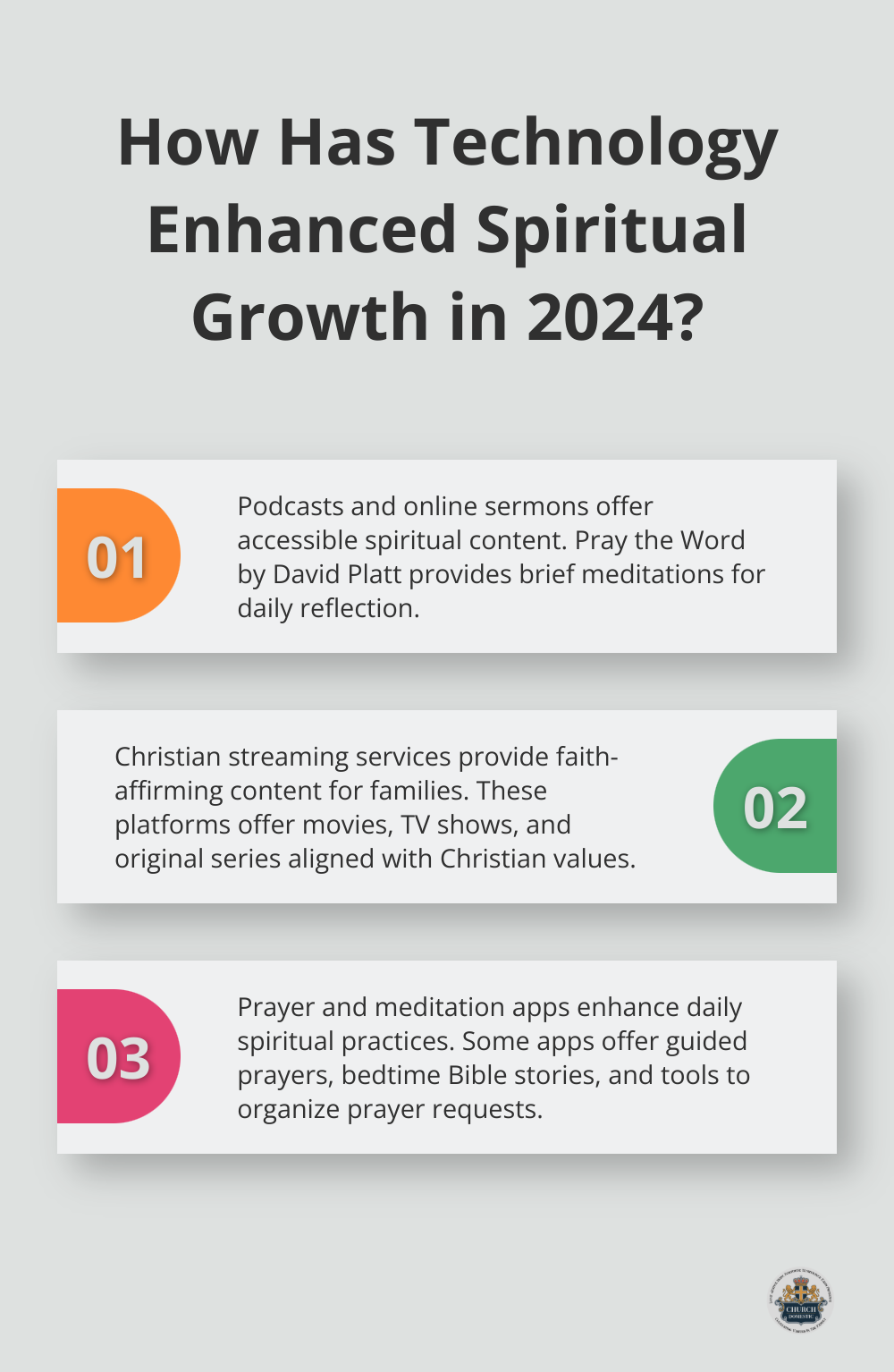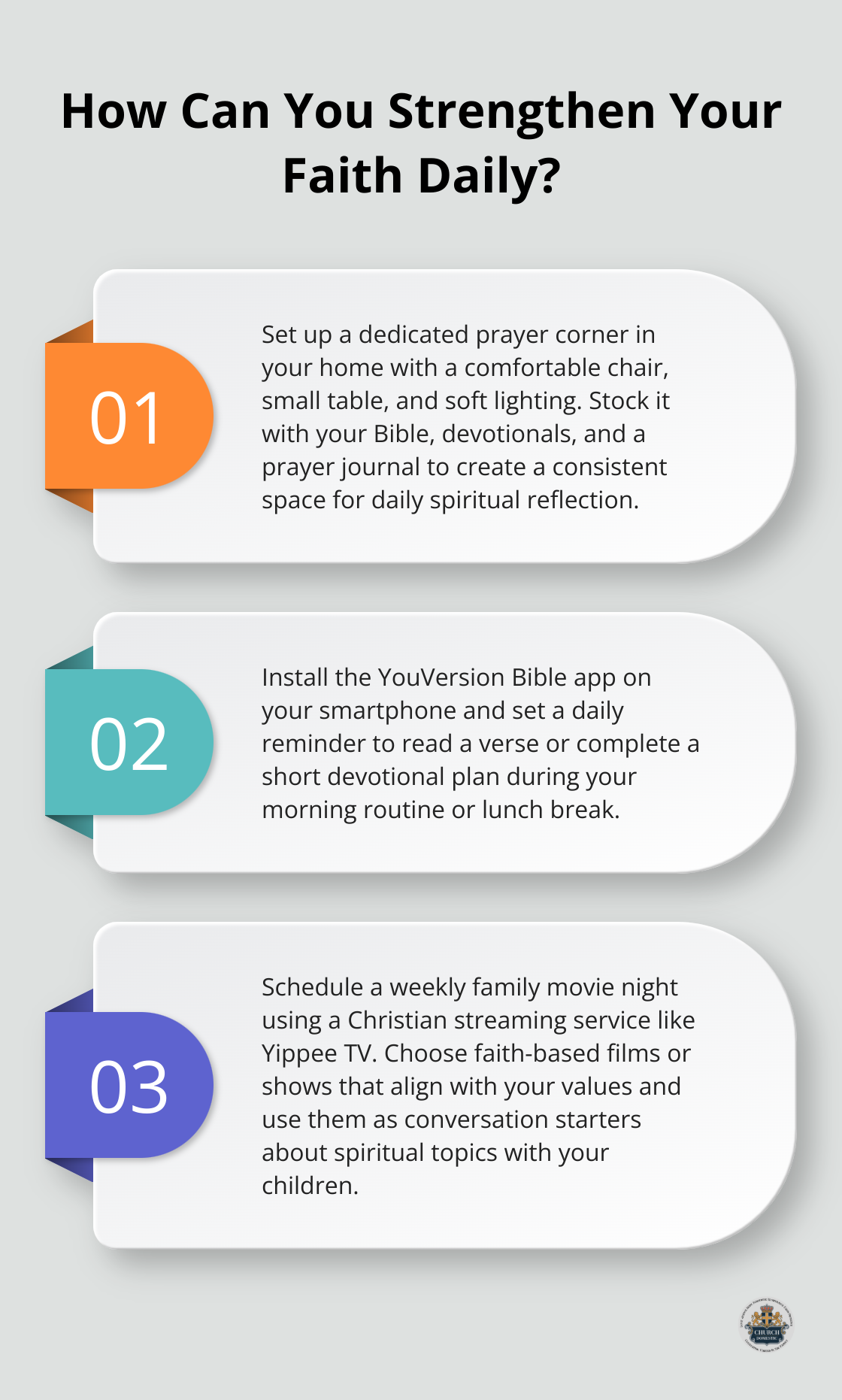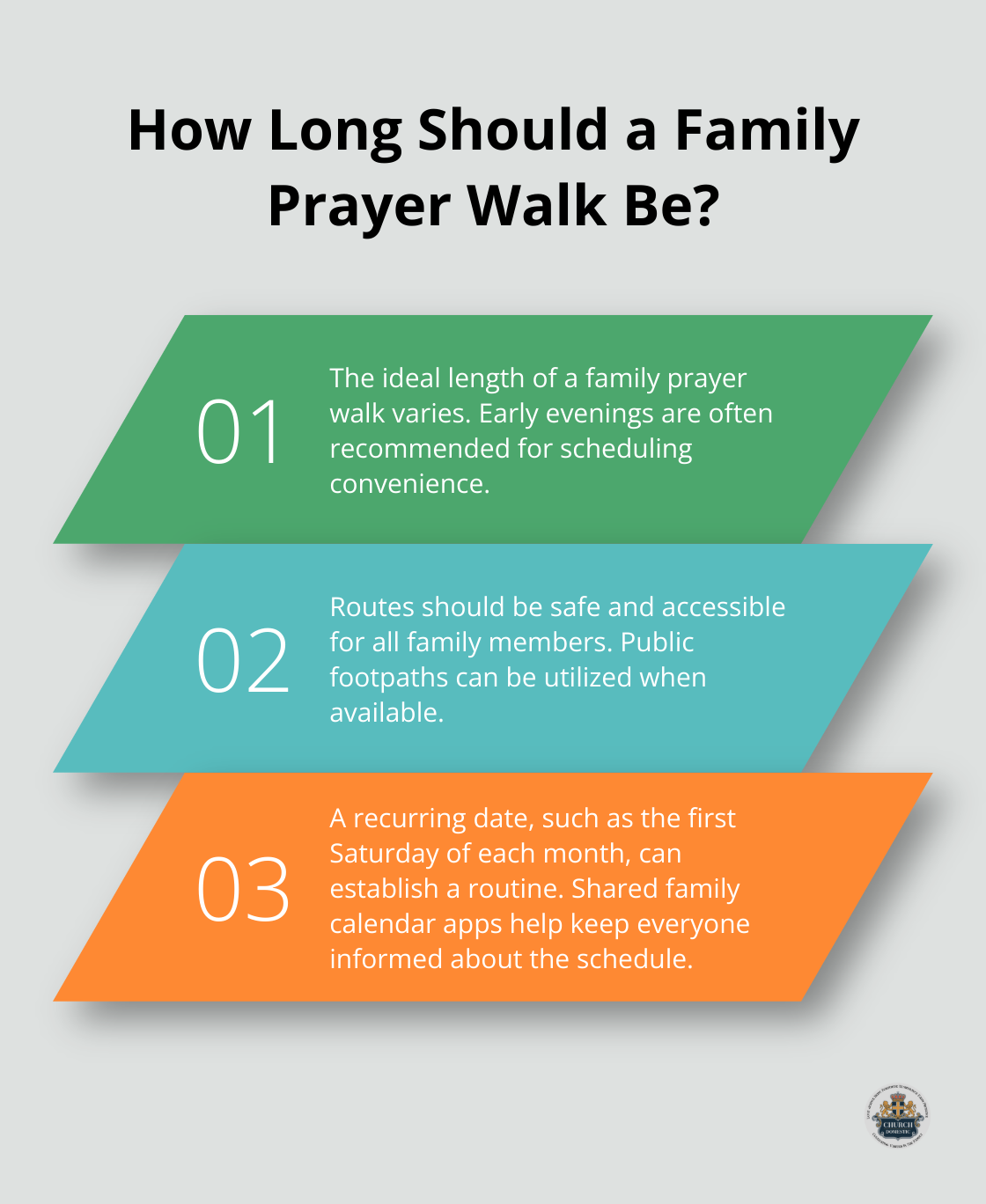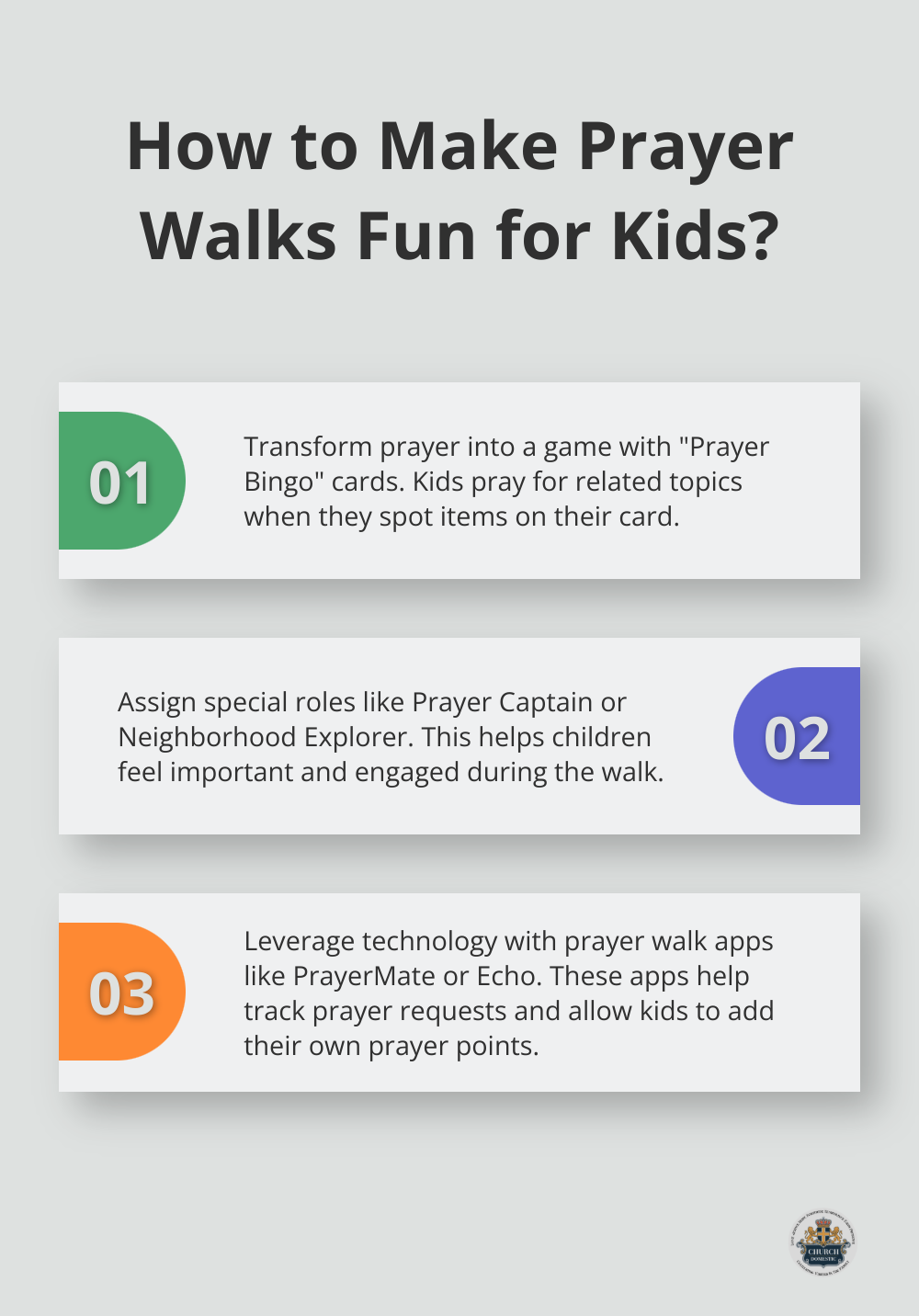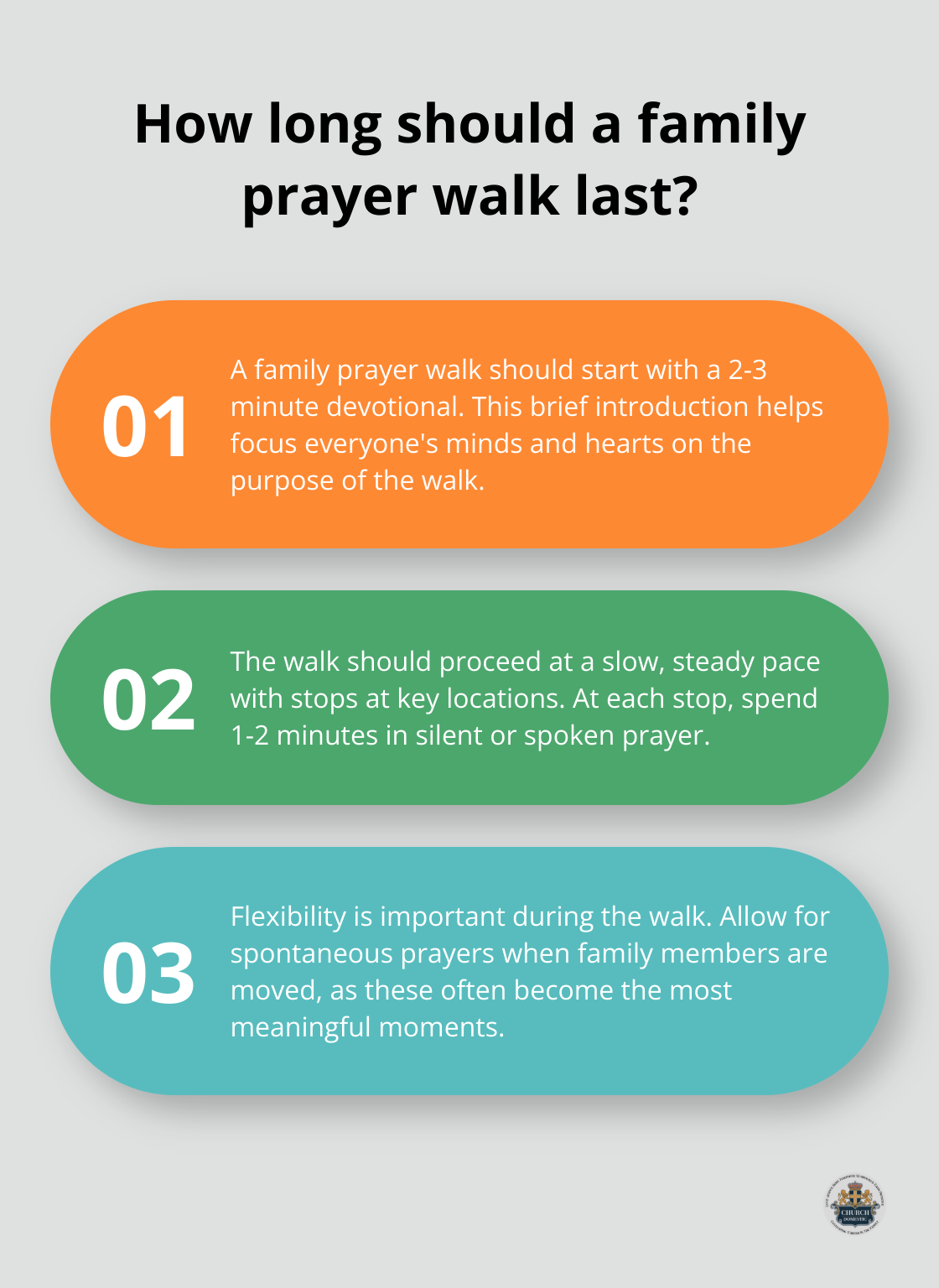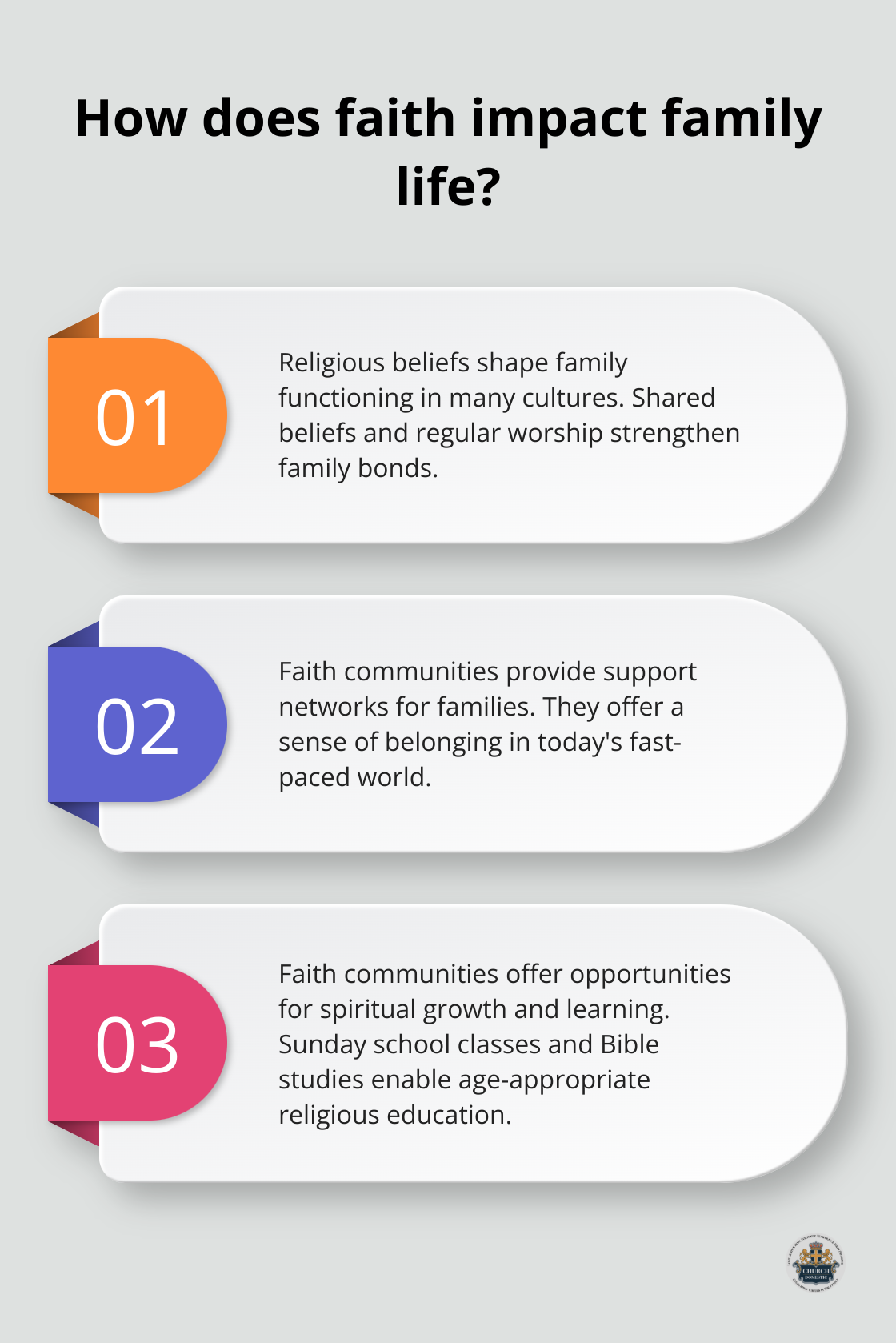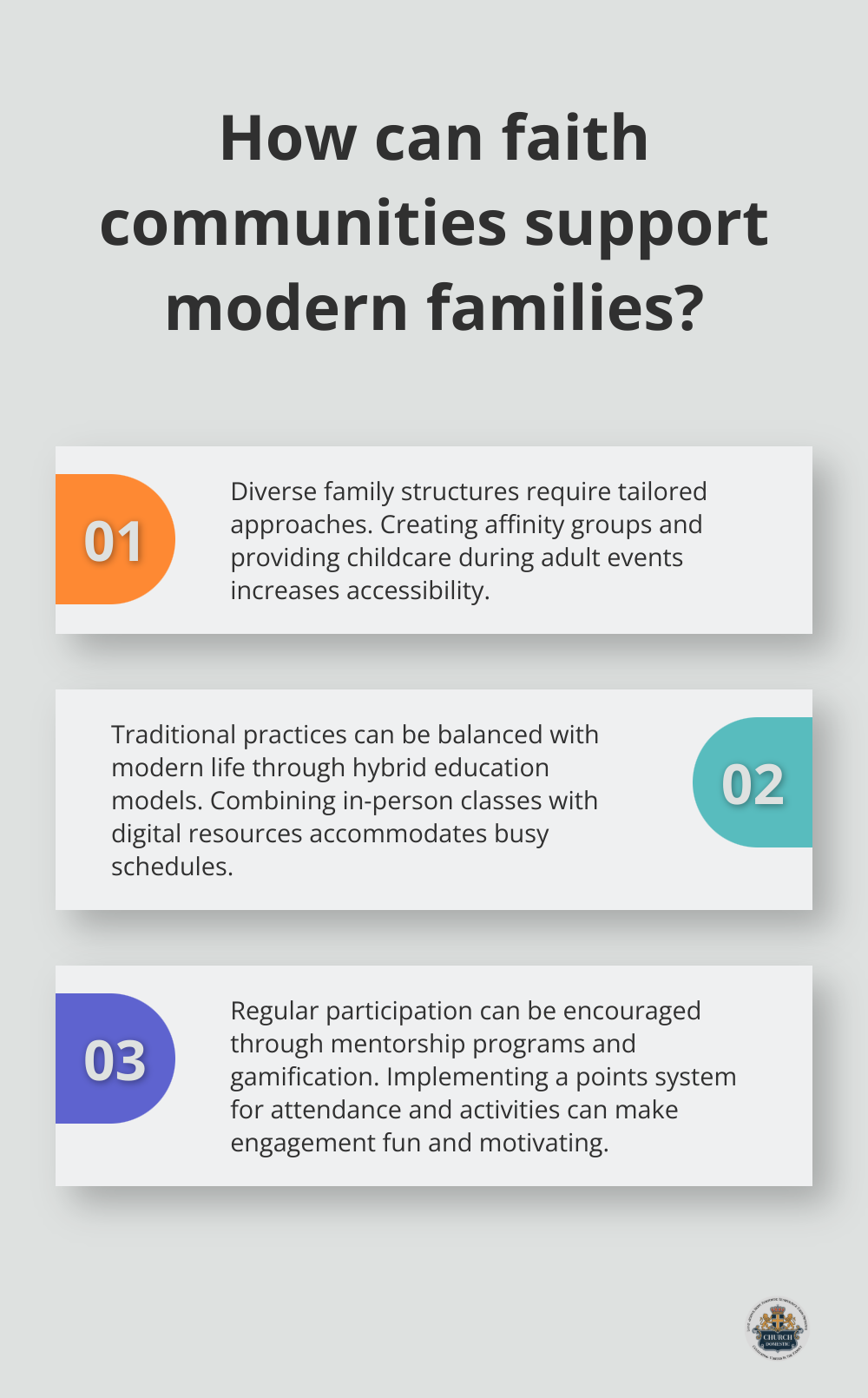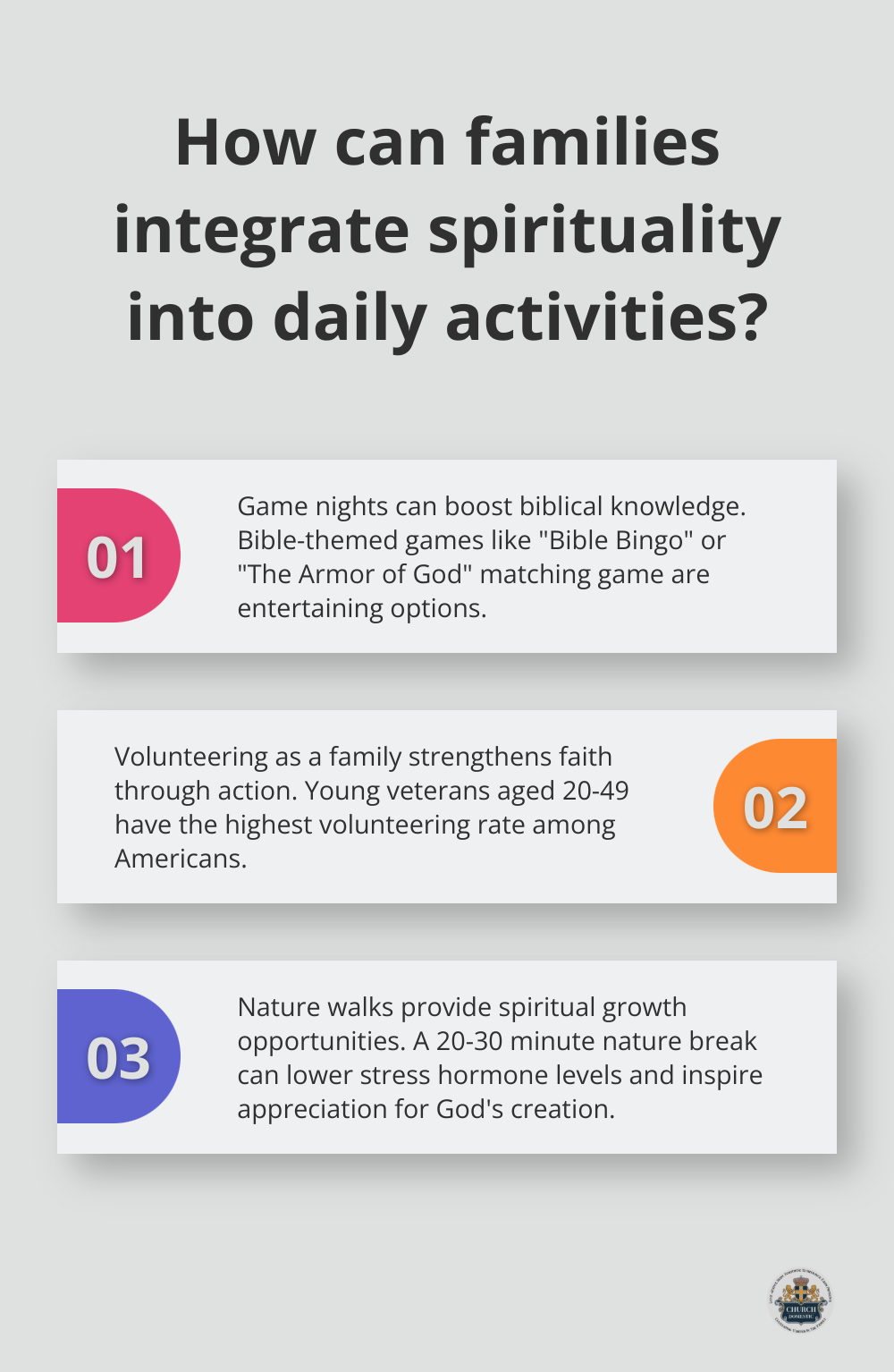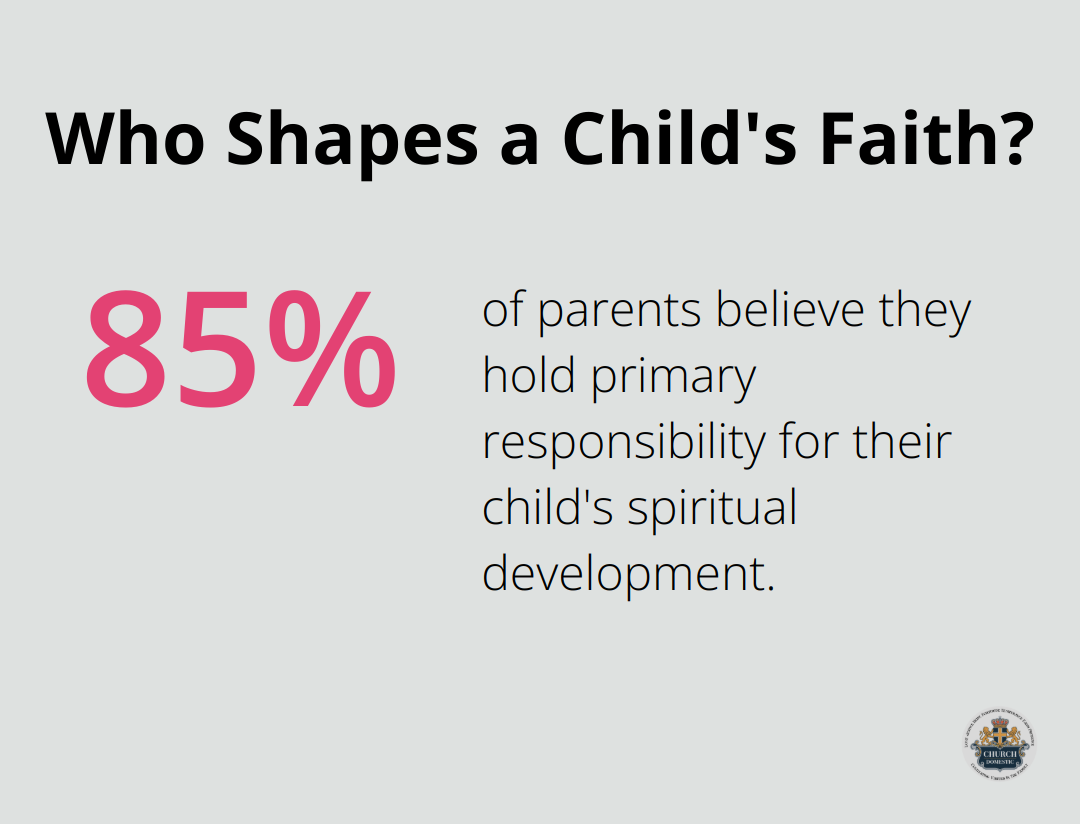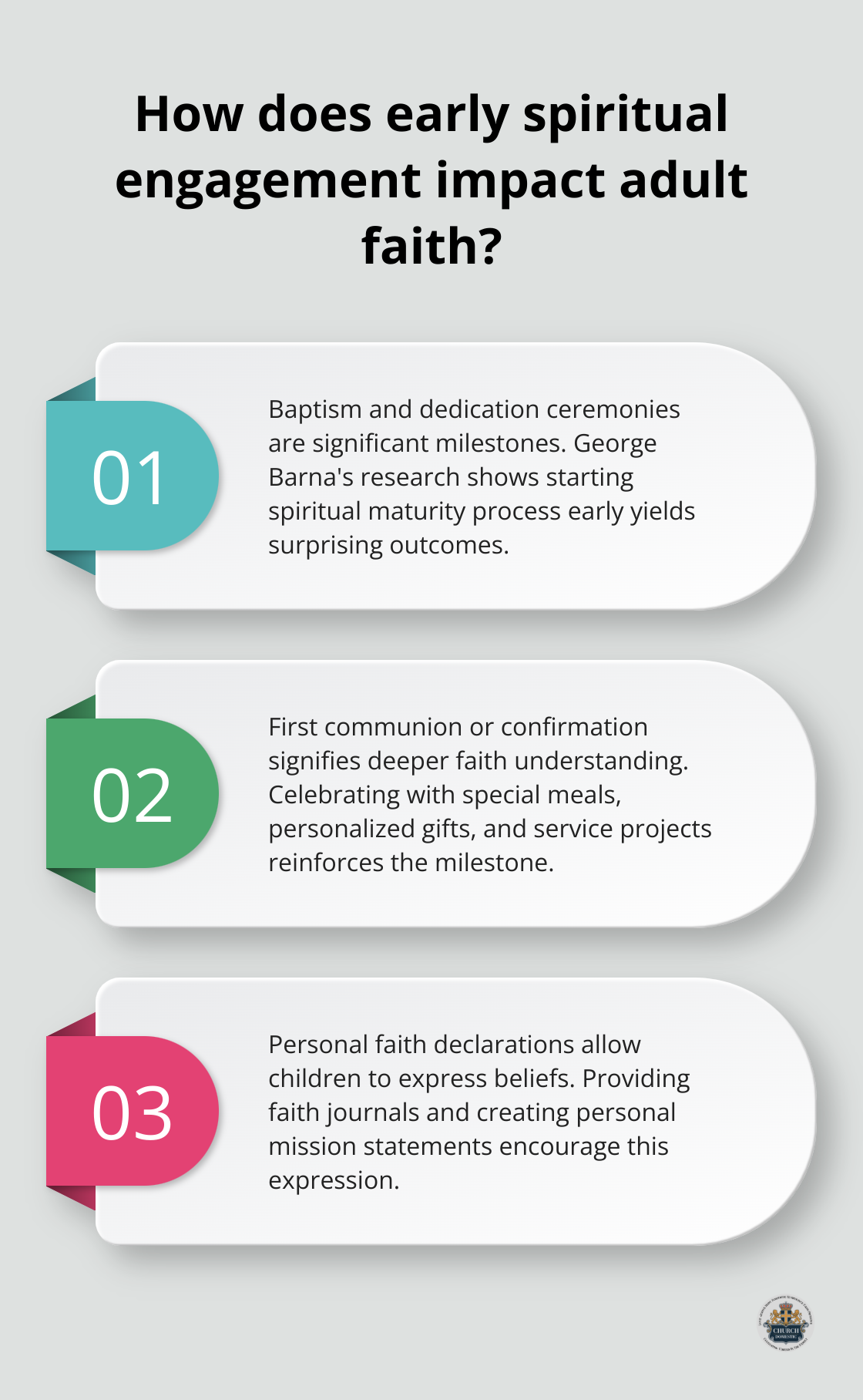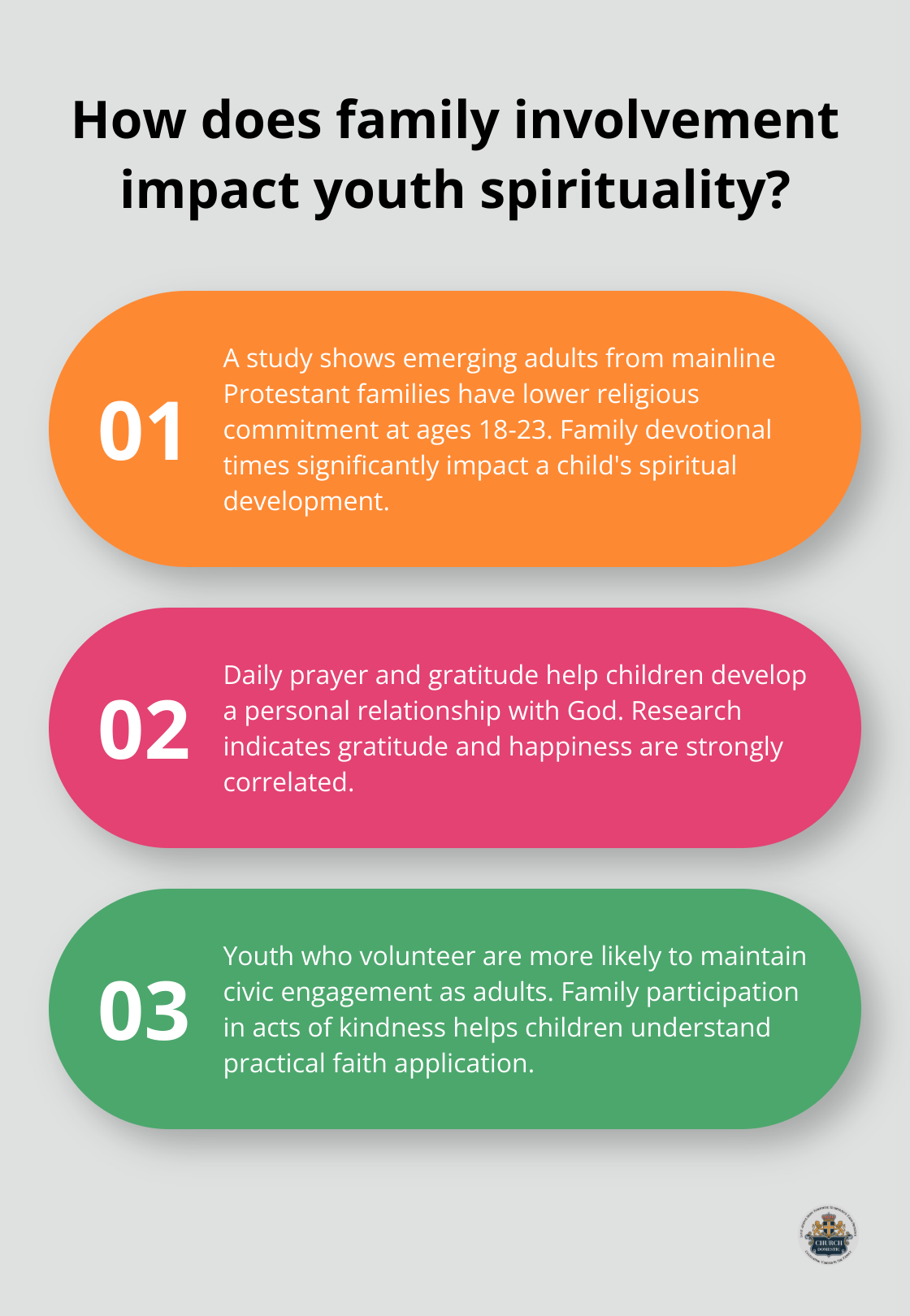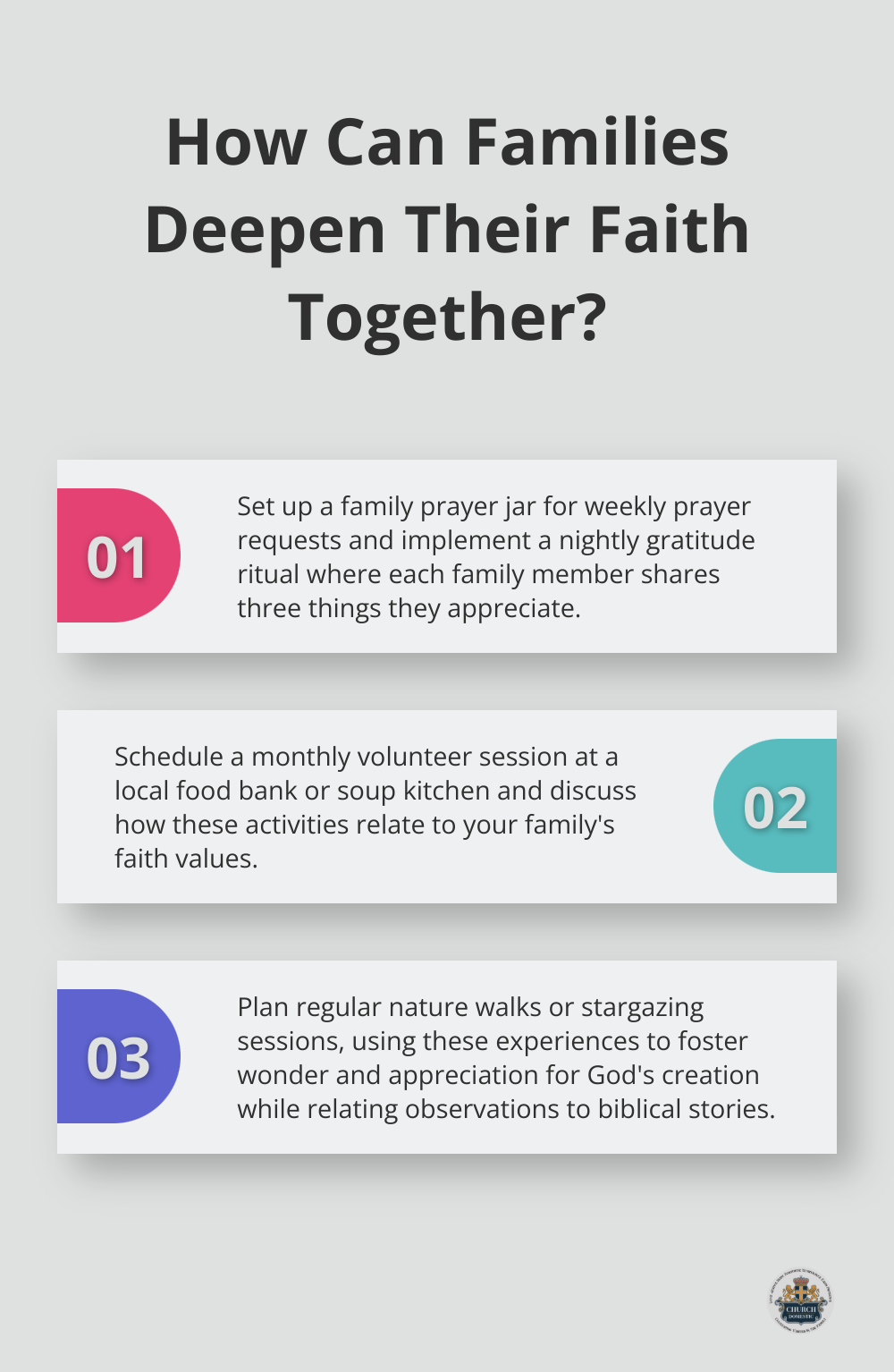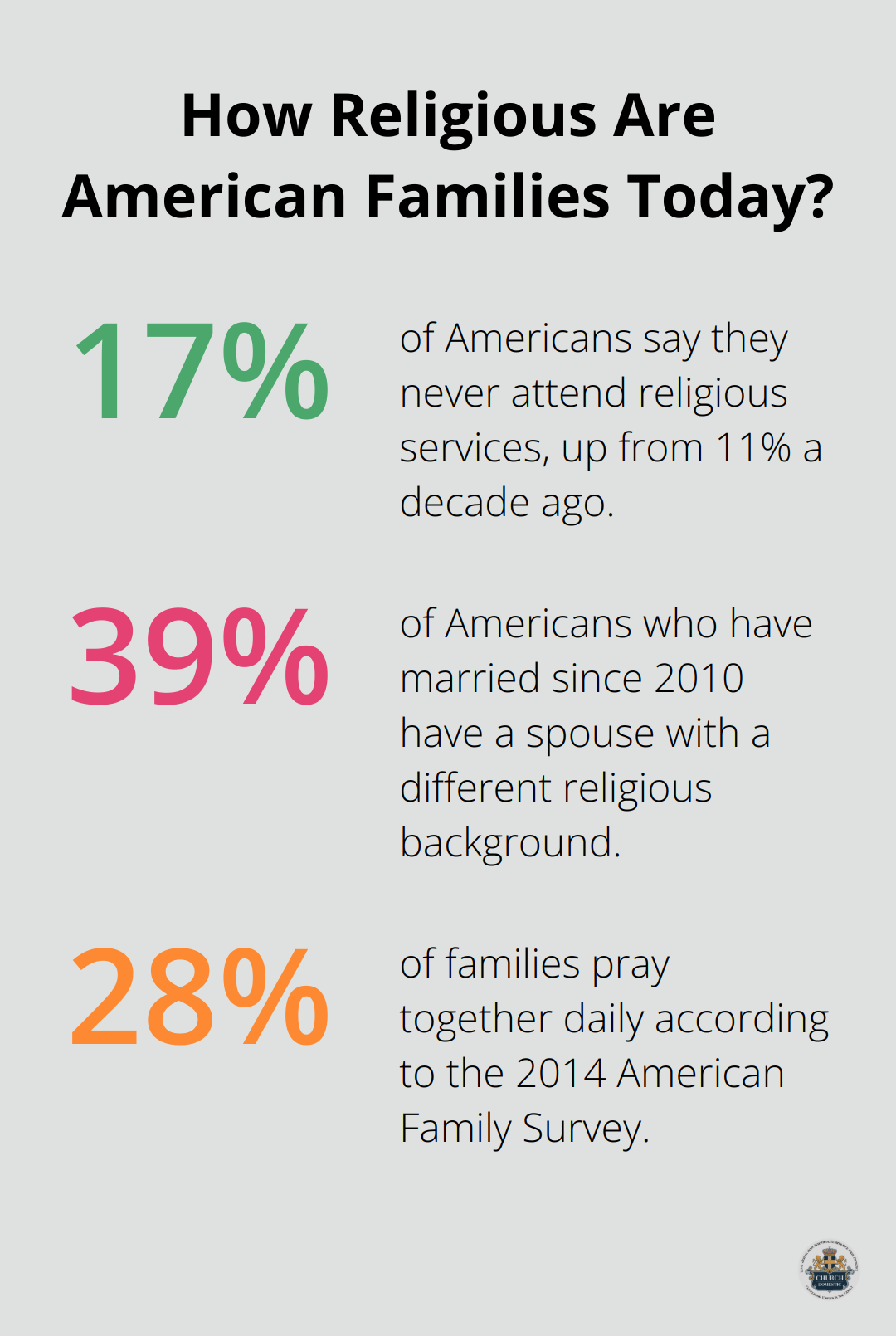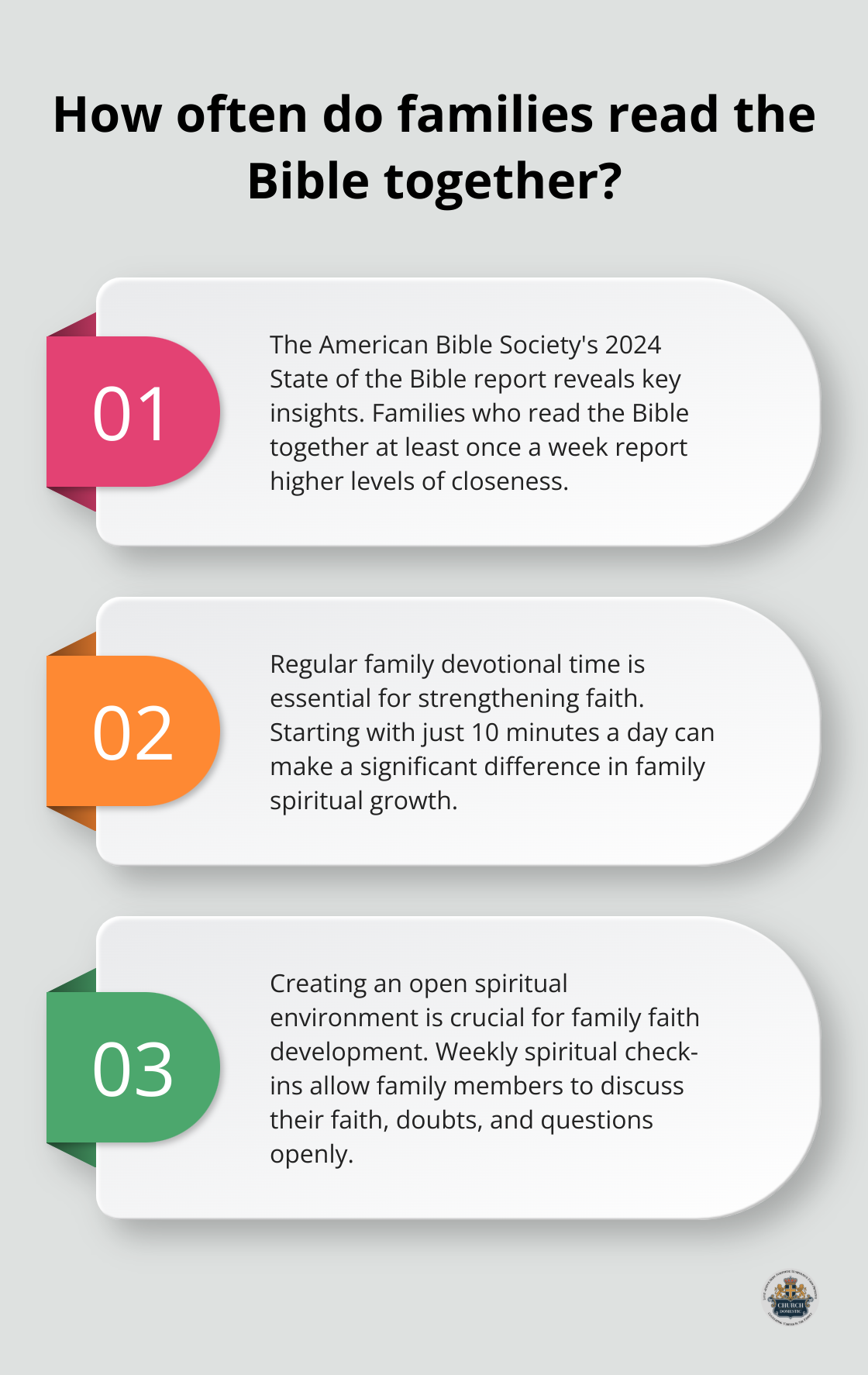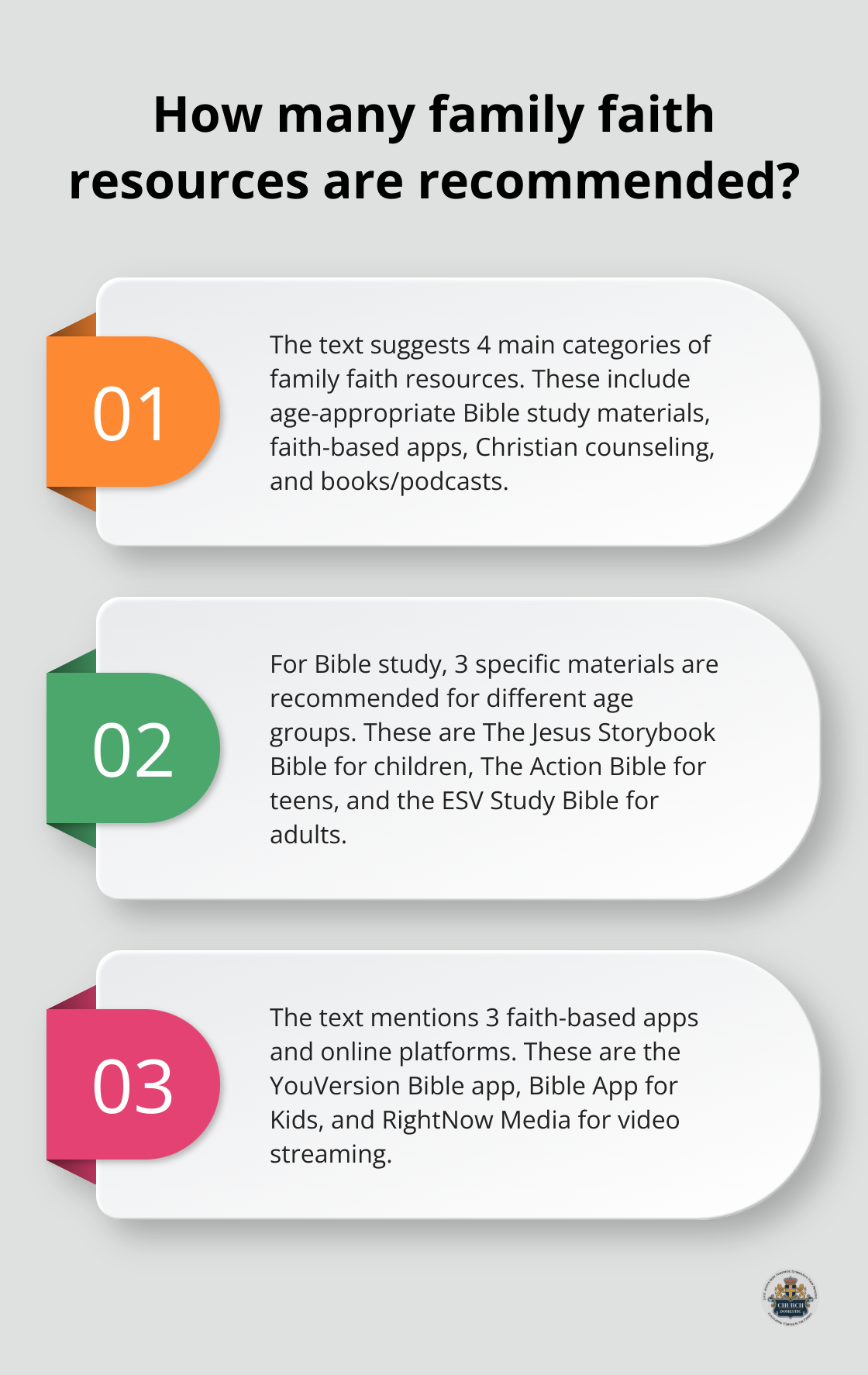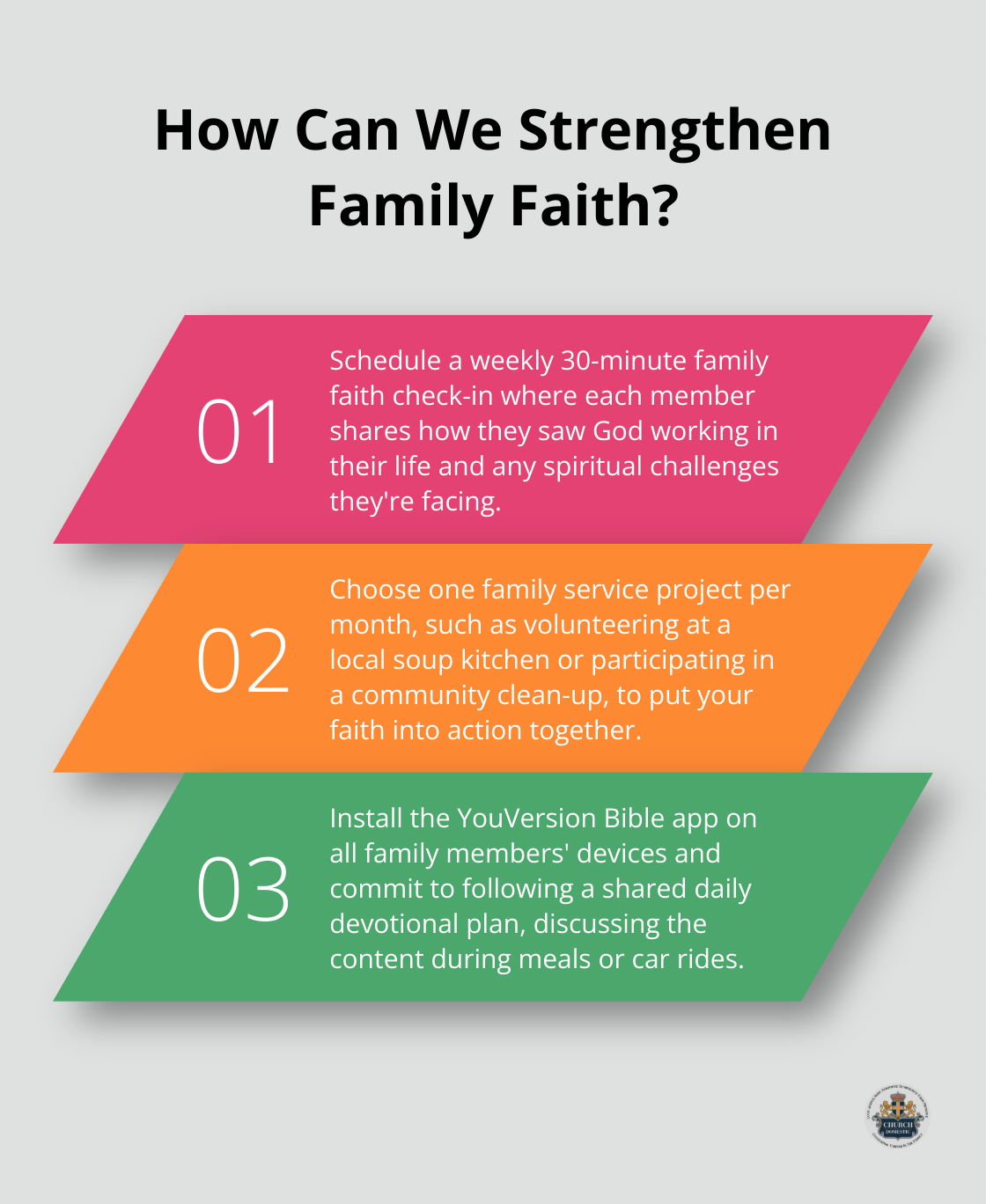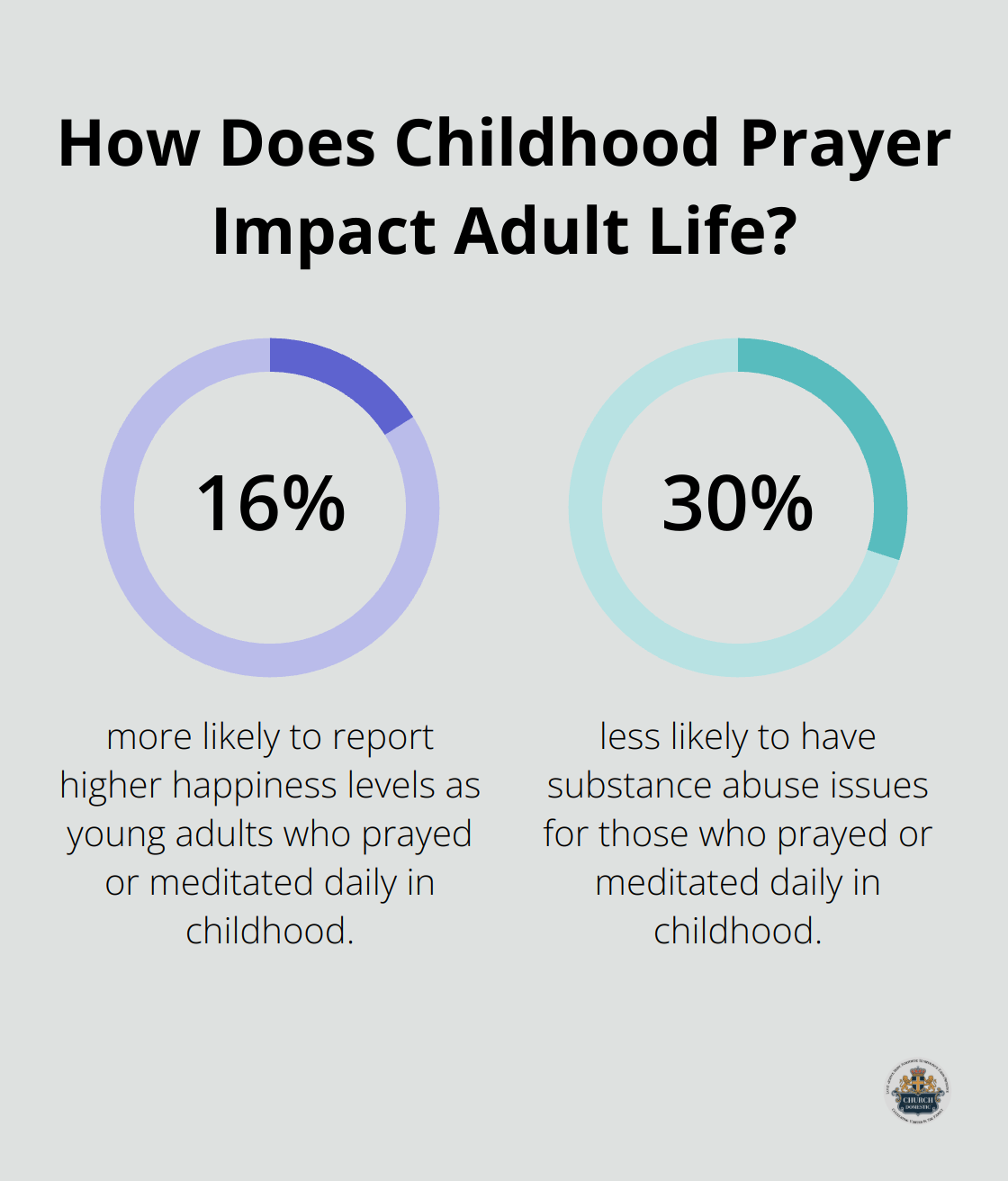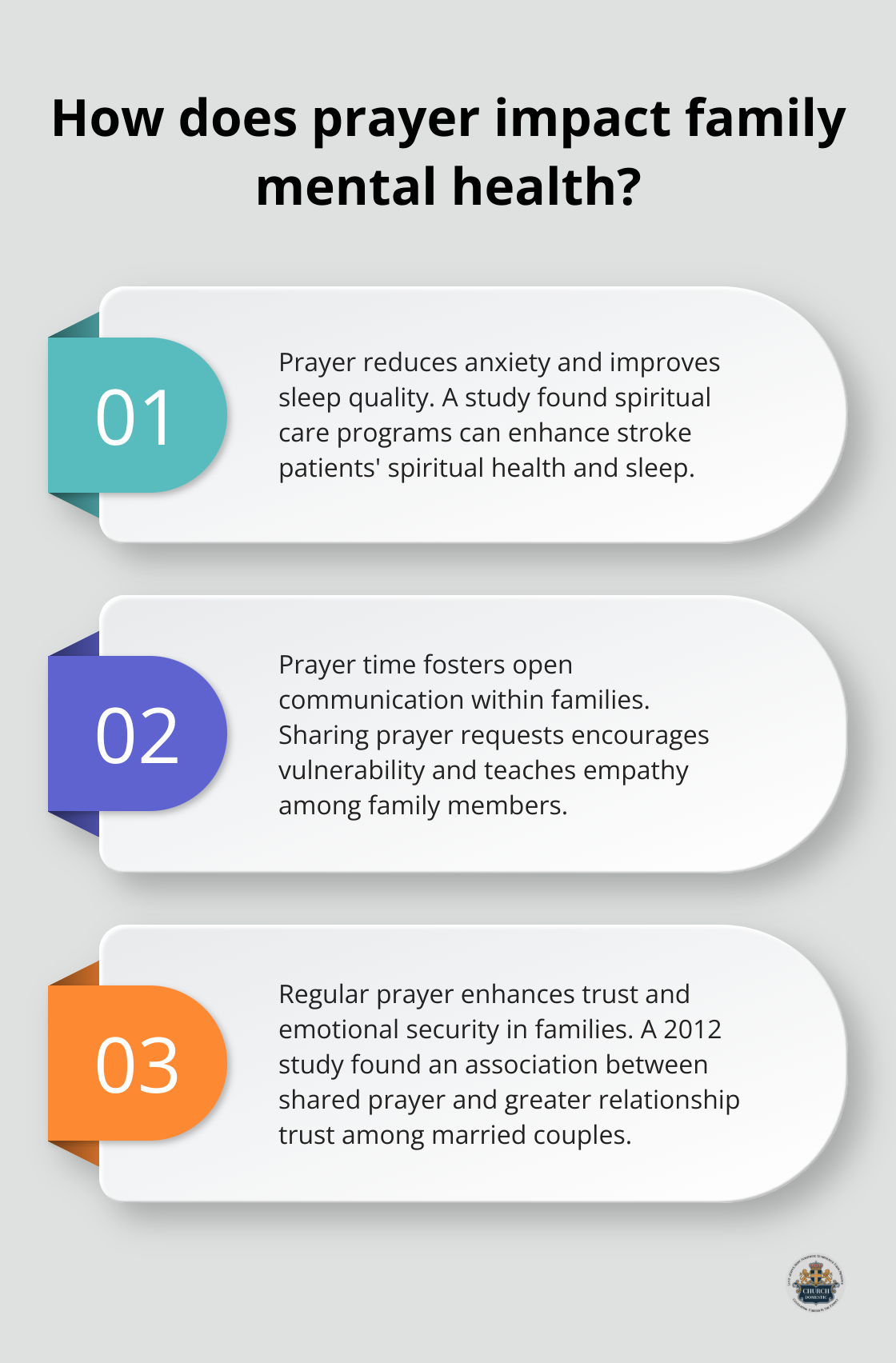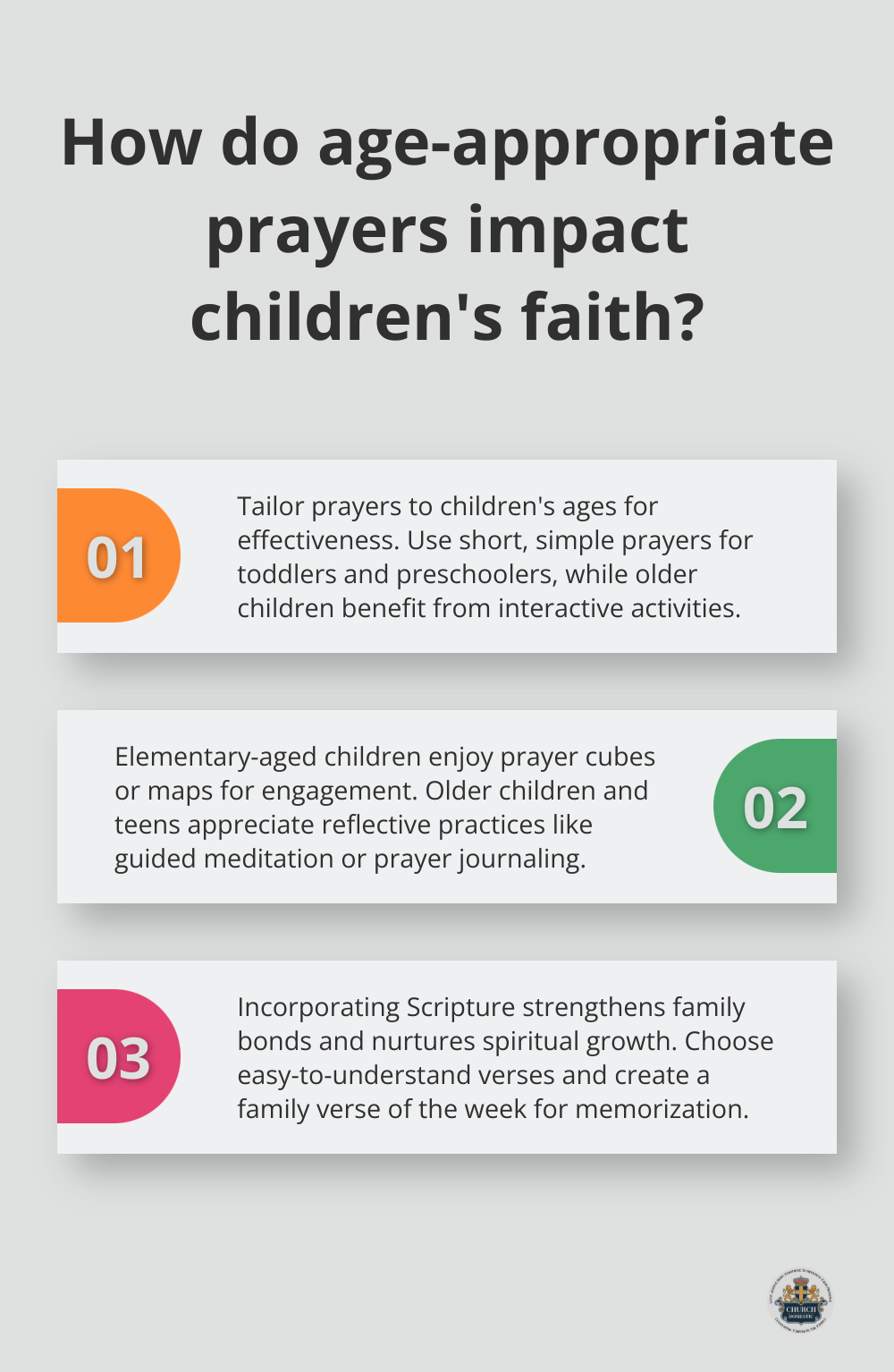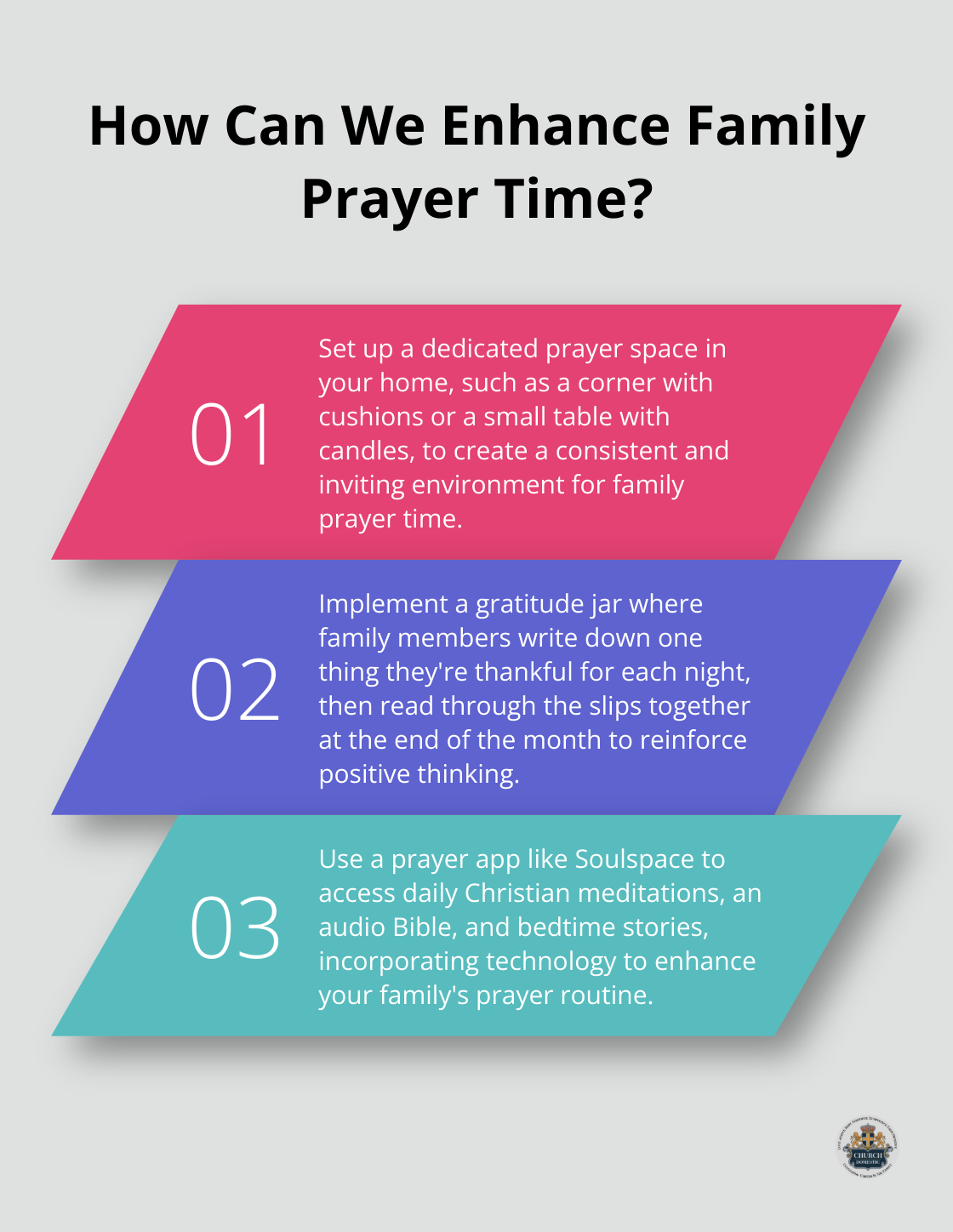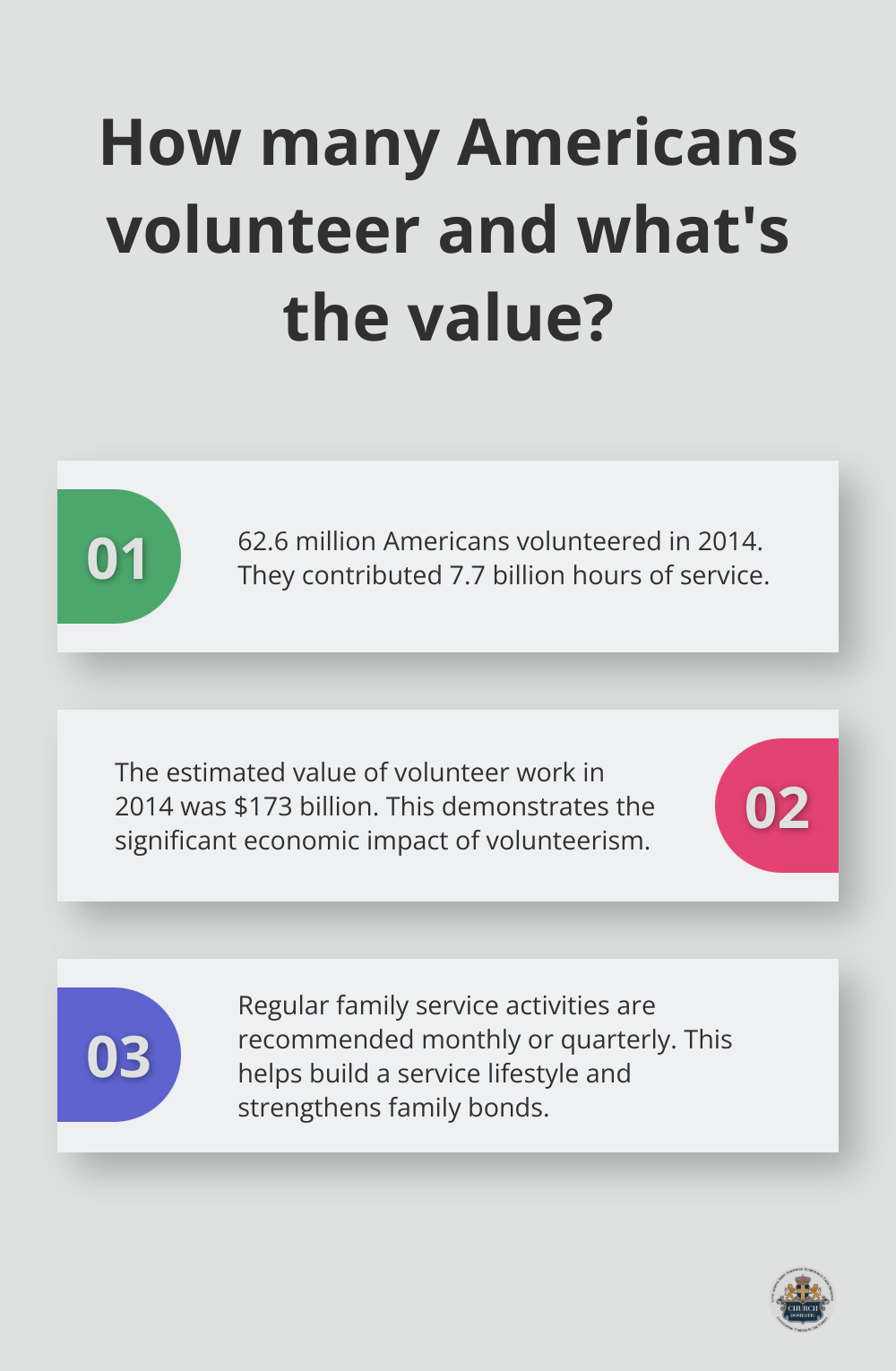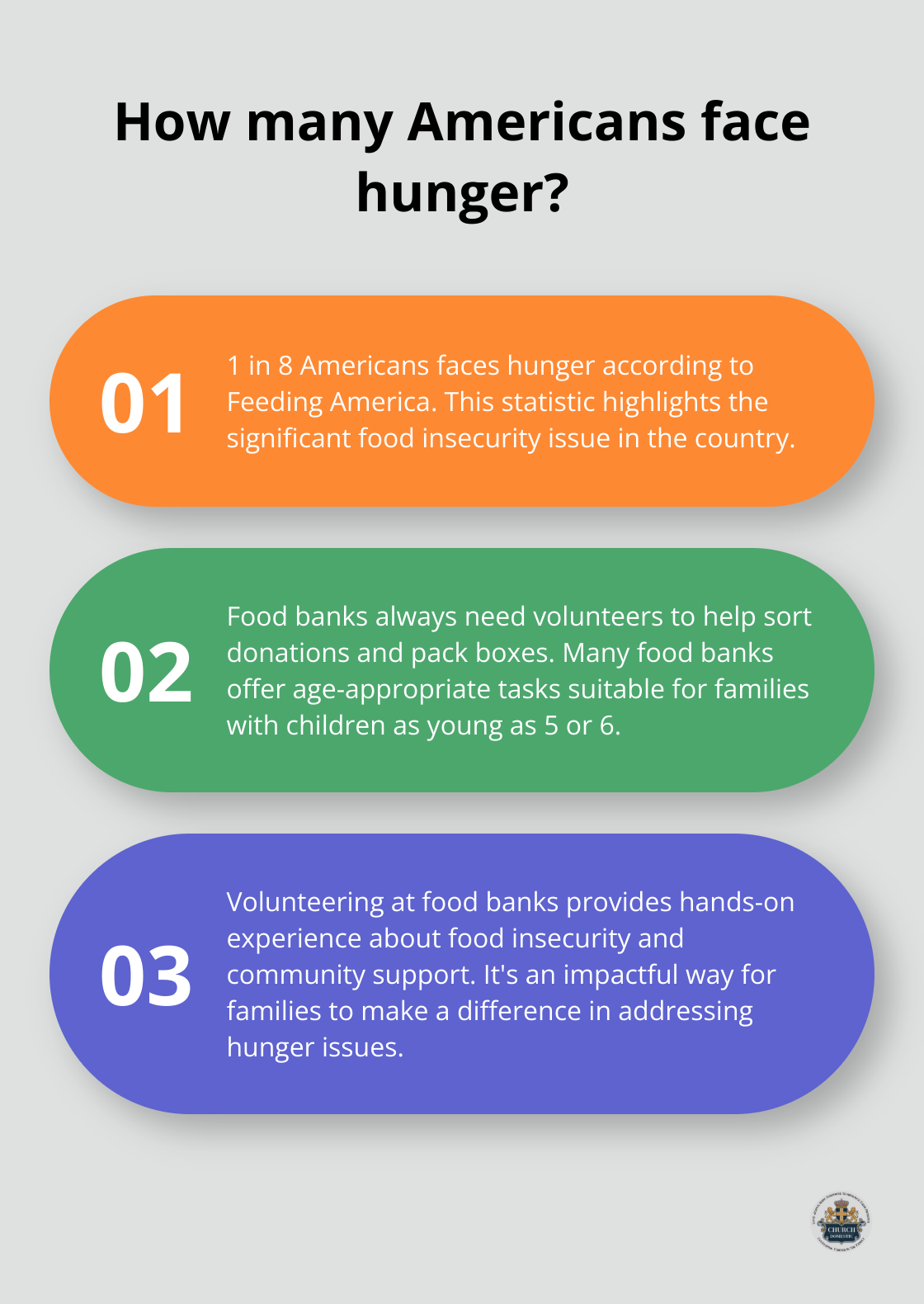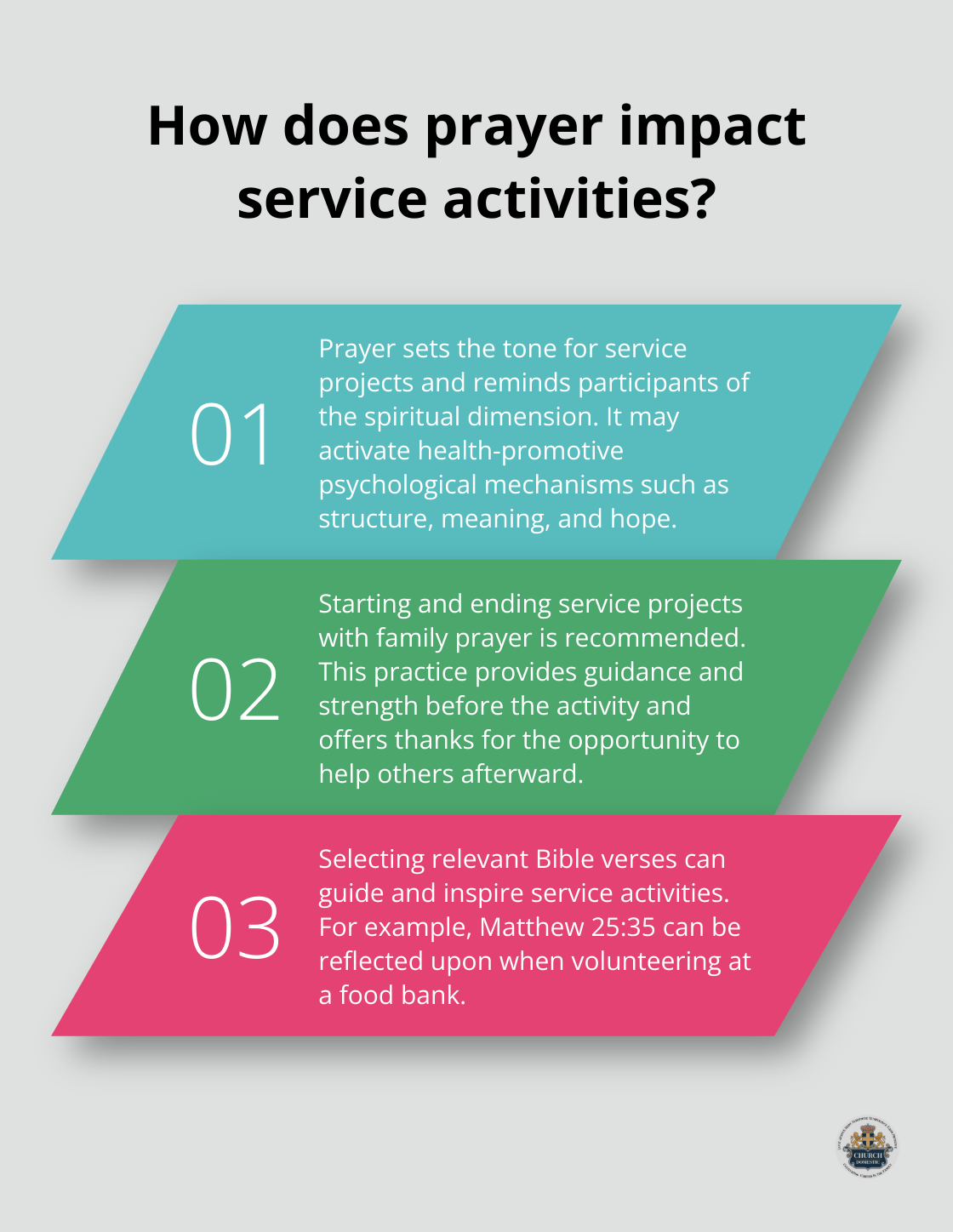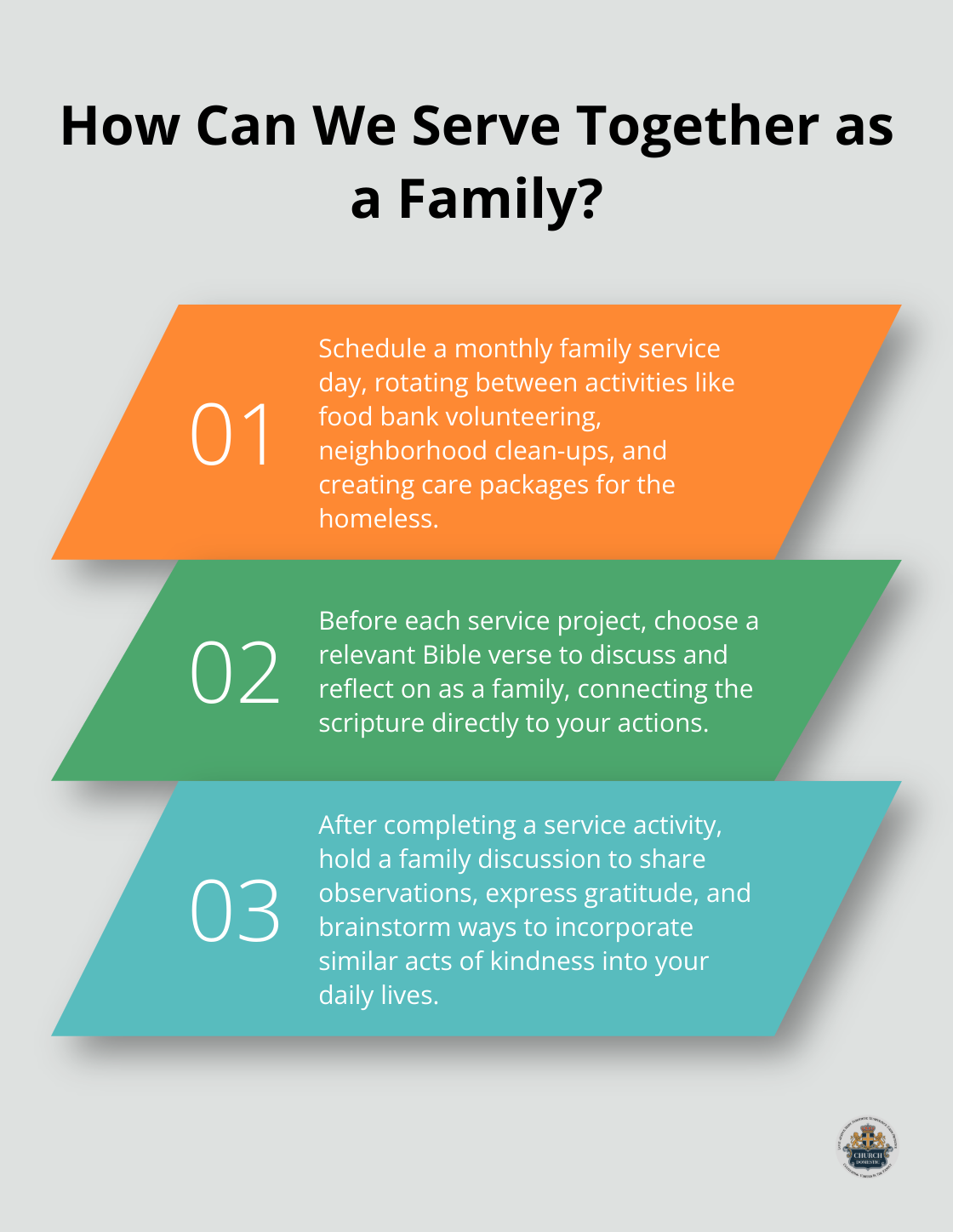In today’s fast-paced world, finding time for spiritual wellness can seem like an impossible task. Yet, nurturing our spiritual health is essential for overall well-being and inner peace.
At Church Domestic, we understand the challenges of maintaining a strong spiritual life amidst daily chaos. This guide offers practical strategies to help you cultivate spiritual wellness, overcome common obstacles, and deepen your faith journey.
What Is Spiritual Wellness?
The Essence of Spiritual Wellness
Spiritual wellness is connecting to your inner and outer worlds to support you in living your values and purpose. It encompasses finding meaning, purpose, and connection in life. This concept doesn’t necessarily tie to any specific religion, though it can for many individuals.

Spiritual wellness involves developing values and beliefs that provide life with meaning and direction. It’s about understanding our place in the world and feeling connected to something larger than ourselves (e.g., a higher power, nature, or humanity as a whole).
A 2019 Pew Research Center survey revealed that 65% of American adults describe themselves as religious, while 26% identify as spiritual but not religious. These statistics highlight the importance of spiritual wellness to a large portion of the population, regardless of specific beliefs.
The Impact on Overall Well-being
The benefits of spiritual wellness extend far beyond the realm of faith. Research shows that people with higher levels of spiritual well-being tend to have better physical and mental health outcomes. A study published in the Journal of Religion and Health found that individuals who reported higher levels of spirituality had lower rates of depression and anxiety.
Moreover, spiritual practices like meditation and prayer link to reduced stress levels and improved cardiovascular health. Research suggests that reinforcement of religiosity/spirituality in lifestyle interventions may decrease overall cardiovascular disease risk among African Americans.
Debunking Spiritual Misconceptions
One common misconception about spiritual wellness is that it requires adherence to a specific religion or set of beliefs. In reality, spiritual wellness is deeply personal and can look different for everyone. It’s not about following a prescribed set of rules, but rather about finding what brings you peace, purpose, and connection.
Another myth suggests that spiritual wellness is separate from other aspects of health. In fact, it’s deeply interconnected with our physical, mental, and emotional well-being. Neglecting our spiritual health can have ripple effects on other areas of our lives.
Integrating Spiritual Wellness into Daily Life
Spiritual wellness doesn’t require grand gestures or significant life changes. Small, consistent actions can make a big difference. This might include setting aside time for daily reflection, practicing gratitude, or engaging in acts of kindness.
For some, spiritual wellness might involve attending religious services or participating in community outreach. For others, it could mean spending time in nature, meditating, or journaling. The key is to find practices that resonate with your personal beliefs and values.
As we move forward, we’ll explore practical strategies for cultivating spiritual wellness in your everyday life, even amidst the chaos and demands of our modern world.
How to Cultivate Spiritual Wellness Daily
Start Your Day with Intention
Begin each morning with a brief prayer or meditation. This practice doesn’t require hours – even five minutes can set a positive tone for your day. Use this time to express gratitude, set intentions, or simply sit in quiet reflection. A study by the University of Wisconsin-Madison found that just 10 minutes of daily meditation can reduce anxiety and improve overall well-being.
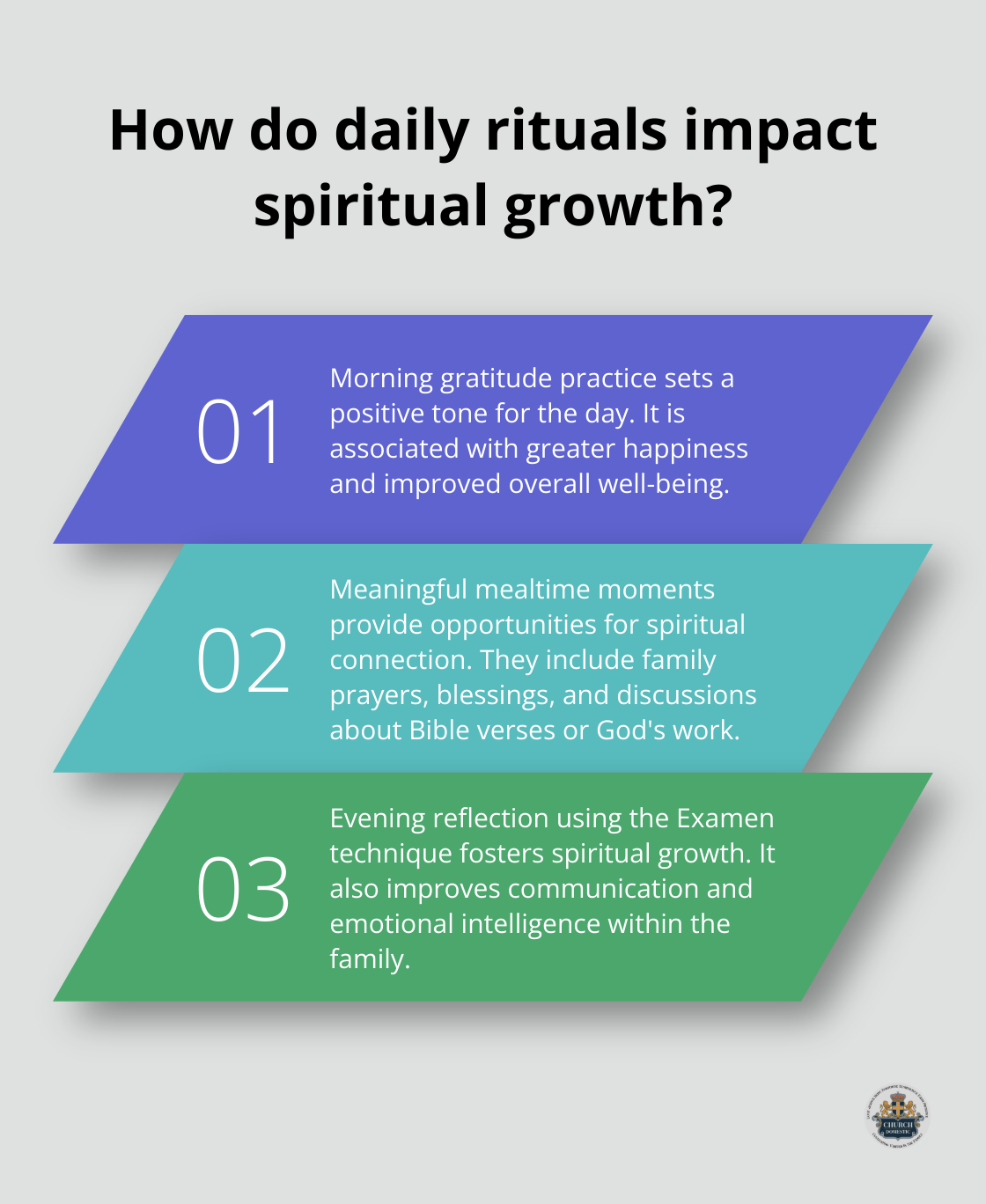
If you’re new to meditation, try using guided apps (like Headspace or Calm). These tools offer short, structured sessions perfect for beginners. Alternatively, simply sit quietly and focus on your breath for a few minutes.
Create a Sacred Space at Home
Designate a specific area in your home for spiritual practices. This doesn’t need to be an entire room – a corner of your bedroom or a shelf in your living room can suffice. Fill this space with items that inspire peace and reflection: candles, religious symbols, inspirational quotes, or natural elements like plants or stones.
A dedicated space serves as a refuge from daily stressors, allowing you to decompress and find calm. It can also enhance focus and provide a visual reminder to engage in spiritual practices.
Engage with Inspirational Content
Make time for regular engagement with spiritual or inspirational content. This could involve reading scripture, exploring philosophical texts, or listening to uplifting podcasts during your commute. The key is consistency – try to dedicate even just 15 minutes a day.
Practice Mindful Gratitude
Incorporate gratitude into your daily routine. Keep a gratitude journal where you write down things you’re thankful for each day. This simple practice has been shown to increase happiness and reduce depression. A study found that those who wrote a work-related gratitude journal experienced a decline in stress and depressive symptoms when compared to other groups.
You can also practice mindful gratitude throughout your day. Before meals, take a moment to appreciate your food. When you interact with others, consciously acknowledge the positive aspects of those relationships.
Integrate Spiritual Practices into Daily Activities
Spiritual wellness doesn’t always require separate activities. You can infuse spirituality into your everyday tasks. For example, turn your morning coffee routine into a mindful practice by savoring each sip and reflecting on your intentions for the day. While doing household chores, use the time to listen to inspirational podcasts or practice mindfulness.
These strategies don’t just add tasks to your to-do list; they create a lifestyle that nurtures spiritual wellness. The goal isn’t perfection but progress. Start small, be consistent, and watch as these practices transform your daily life, bringing more peace, purpose, and connection. In the next section, we’ll explore how to overcome common obstacles that might hinder your spiritual growth journey.
Navigating Spiritual Roadblocks
Time Management for Spiritual Growth
Life’s hectic pace often creates barriers to our spiritual growth. The key is not to find more time, but to maximize the time you have. Start with an audit of your daily activities. Track how you spend each hour for a week. You’ll likely uncover pockets of time that you can repurpose for spiritual growth.
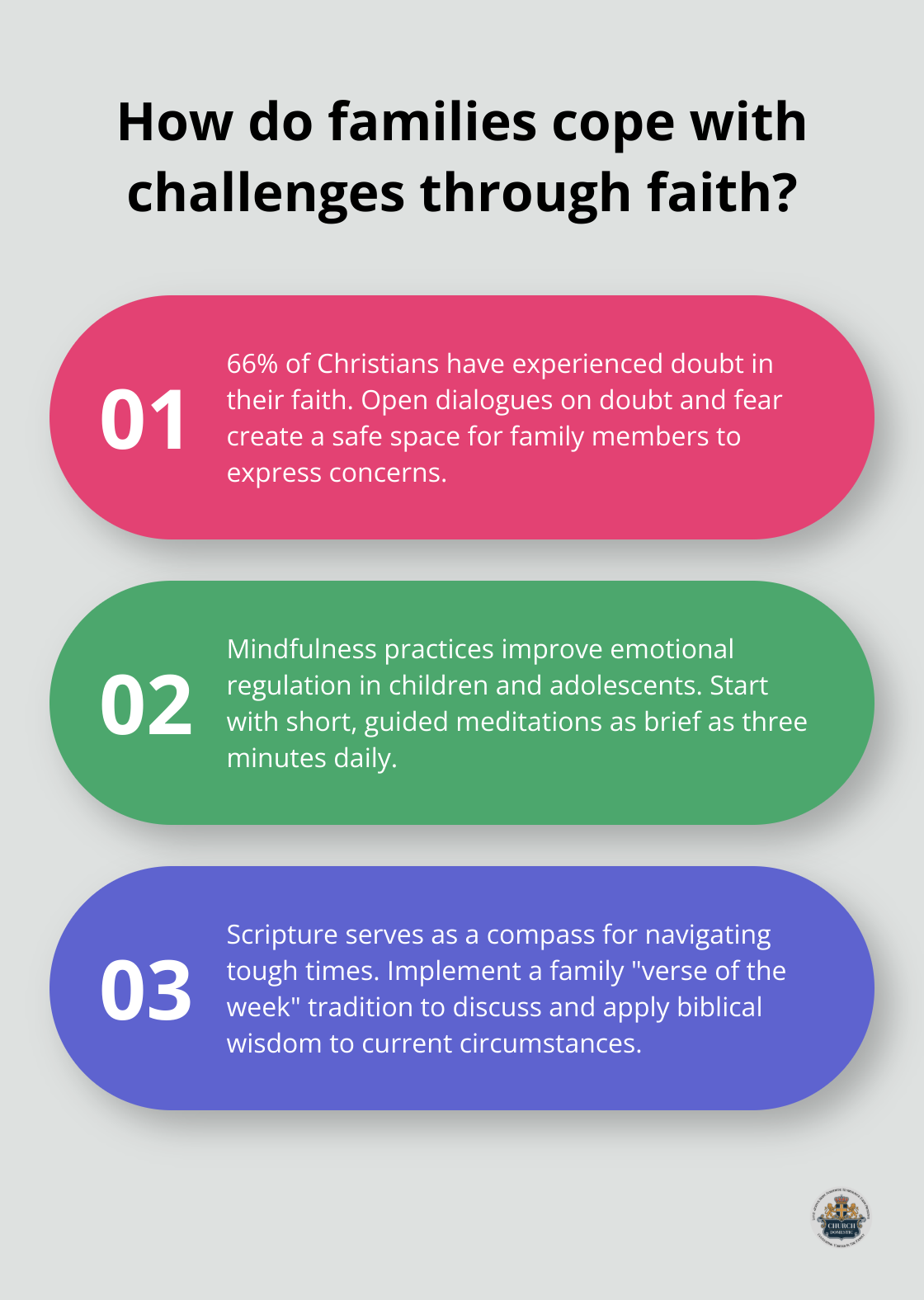
Integrate spiritual practices into existing routines. While brushing your teeth, recite a short prayer or affirmation. During your commute, listen to a spiritual podcast or audiobook. These small changes can add up to significant spiritual nourishment without requiring extra time.
Prioritize your spiritual activities by scheduling them like any other important appointment. Block out time in your calendar for prayer, meditation, or scripture reading. Treat these appointments with the same respect you’d give a work meeting or doctor’s visit.
Overcoming Digital Distractions
Our digital devices, while useful, can be major distractors from spiritual growth. Implement a digital detox strategy to reclaim your focus. Start small – designate one hour each day as a no-phone zone. Use this time for prayer, reflection, or connecting with loved ones face-to-face.
Install apps (like Freedom or Forest) on your devices to block distracting websites and apps during set times. These tools can help create a digital boundary, allowing you to focus on spiritual practices without the constant ping of notifications.
Consider a more extensive digital fast periodically. A study by the University of Maryland found that students who unplugged from technology for 24 hours reported feeling more present and connected to their surroundings. Try a weekend tech fast and use the time to deepen your spiritual practices.
Addressing Spiritual Dry Spells
Periods of doubt or spiritual dryness are normal parts of any faith journey. Many believers experience phases of spiritual dryness coupled with feelings of exhaustion, confusion, and emotional emptiness. When you face these challenges, it’s important to maintain your spiritual routines even when you don’t feel like it. Consistency often leads to breakthrough.
Explore new spiritual practices during these times. If your usual prayer routine feels stale, try journaling your prayers instead. If meditation is challenging, try a walking meditation in nature. Sometimes, a change in approach can reignite your spiritual spark.
Doubt can be a catalyst for growth. Use these periods to dig deeper into your beliefs, ask questions, and seek answers. Many great spiritual leaders (like Mother Teresa and C.S. Lewis) experienced periods of doubt that ultimately strengthened their faith.
Utilizing Community Support
No one should walk their spiritual journey alone. Seek out a supportive faith community. This could be a local church, a small group, or even an online community of like-minded individuals.
Regular interaction with a faith community provides accountability, encouragement, and diverse perspectives. People who are active in religious congregations tend to be happier and more civically engaged than either religiously unaffiliated adults or inactive members.
Don’t hesitate to reach out for support during challenging times. Many faith communities offer counseling services or can connect you with spiritual mentors. These resources can provide valuable guidance and support as you navigate spiritual obstacles.
Final Thoughts
Spiritual wellness requires intention, consistency, and adaptability in our fast-paced world. We explored strategies to nurture your spiritual health, from creating sacred spaces to integrating mindful practices into daily routines. Spiritual wellness looks different for everyone, so find practices that resonate with your personal beliefs and values.
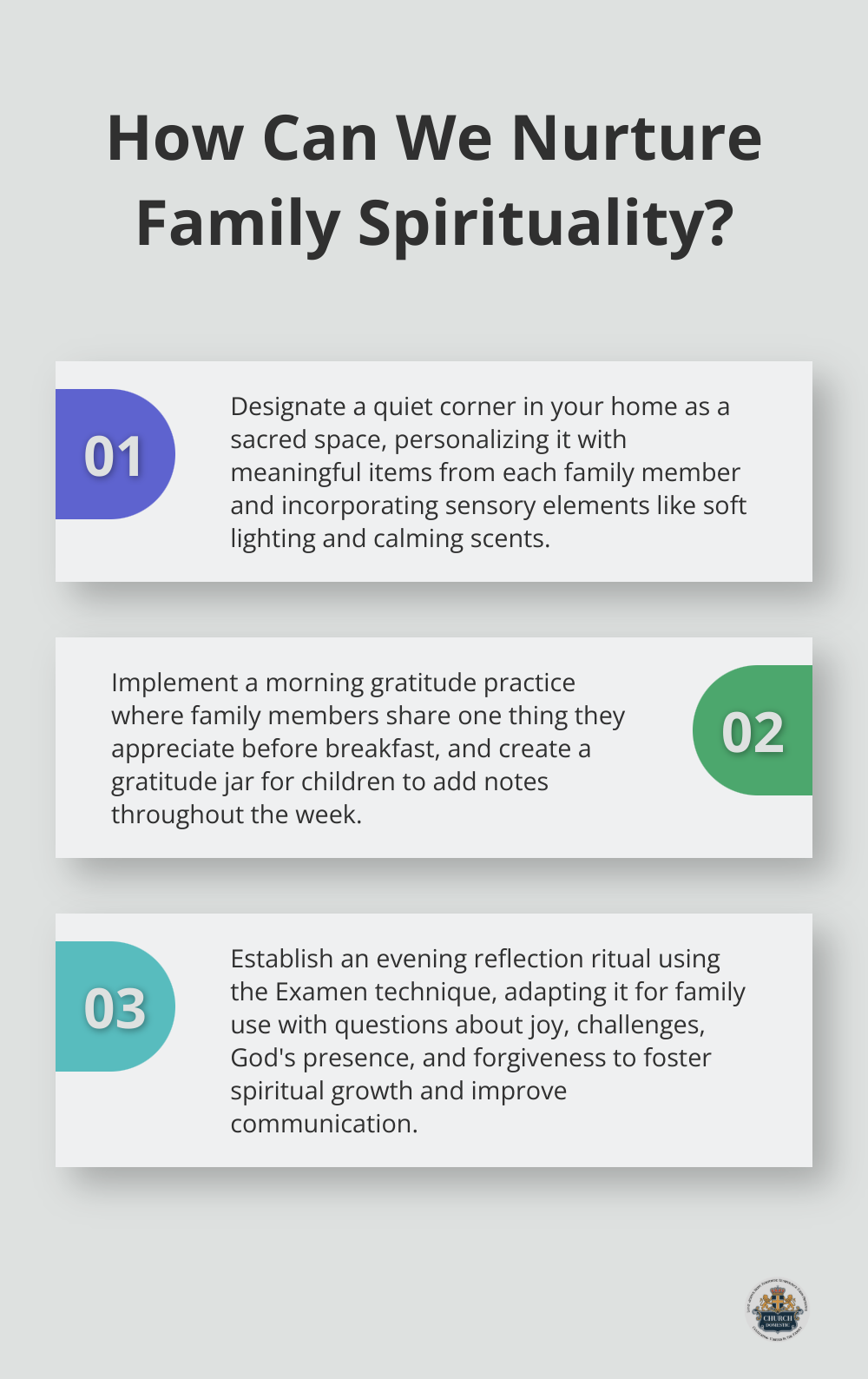
Maintaining spiritual wellness lies in making it a priority in your life. Start small, be consistent, and gradually build upon your practices. Connect with something greater than yourself regularly through daily prayer, meditation, gratitude journaling, or engaging with inspirational content.
At Church Domestic, we support you on your journey towards spiritual wellness. Our platform offers resources, articles, and insights to help you navigate family life, business, and personal growth while nurturing your spiritual health. We invite you to explore our content and join our community of individuals striving for a more balanced, purposeful life.


